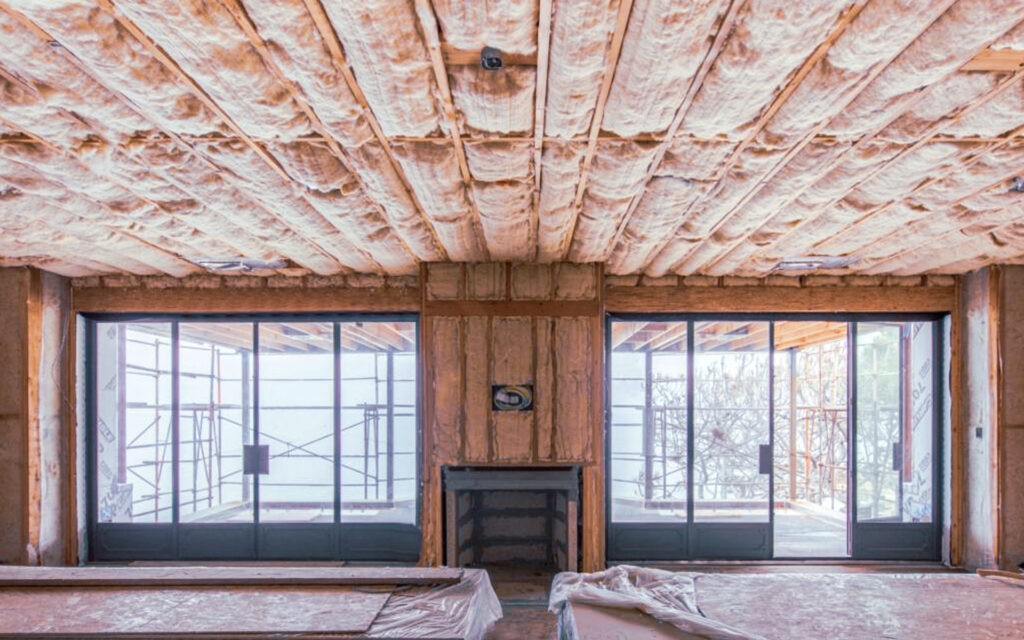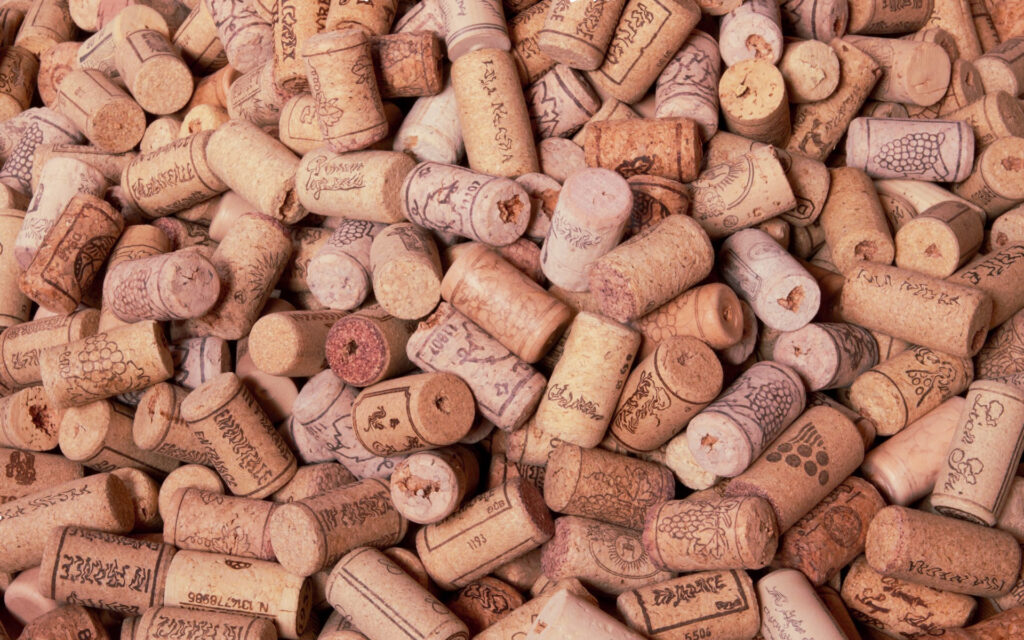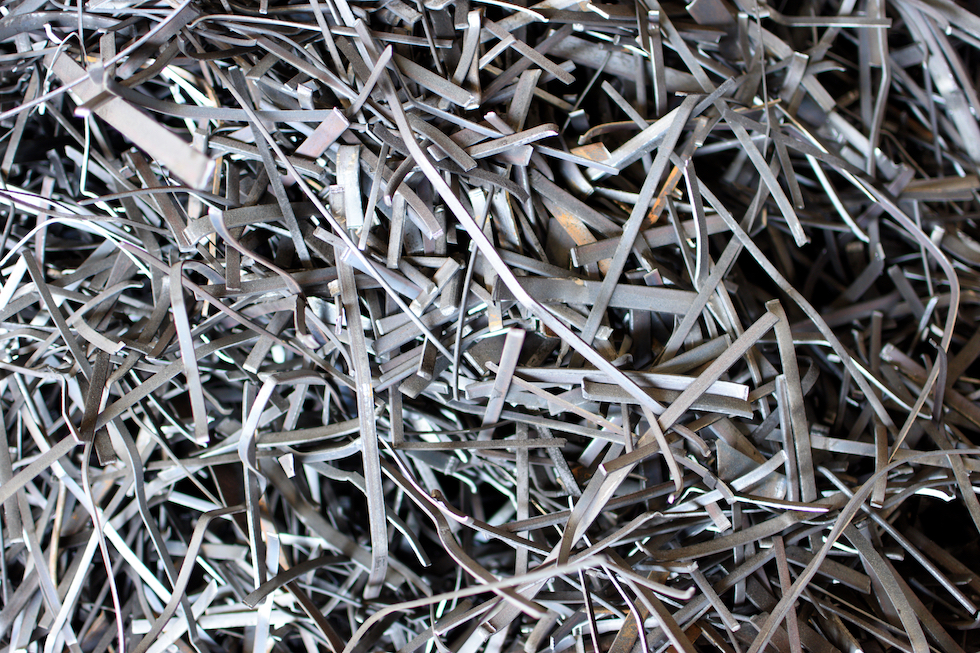In an era where environmental consciousness has become a global imperative, the construction and design industries are turning to green materials that minimize environmental impact.
Green materials are characterized by Sustainable Sourcing, Renewable Nature and Low Ecological Footprint.
The five green materials that have minimized environmental impact and we will talk about in this article are:
- Cob
- Sheep’s Wool
- Cork
- Bamboo
- Recycled Steel
Cob
Cob, an ancient building material, has stood the test of time as an eco-friendly solution for construction projects.
Composed of a simple blend of Clay, Sand, Straw and Water cob offers benefits that make it a preferred choice for environmentally conscious builders.

Cob is a mixture of clay-rich soil, sand, and straw. The proportions of each ingredient may vary depending on the specific application, but the idea is to create a well-compacted material that air-dries into a sturdy, durable structure.
Cob finds extensive application in low-cost, sustainable building construction.
Due to its thermal mass properties, cob structures remain cool during the day and release stored heat during colder nights, reducing the need for additional heating or cooling.
Sheep’s Wool as Home Insulator
Sheep’s wool is one of nature’s most remarkable materials, long recognized for its insulating properties in the textile industry. However, recent innovations have extended its application to home insulation, presenting an eco-friendly alternative to conventional insulation materials.
Sheep’s wool is harvested from sheep through a shearing process, after which it is cleaned and processed. The natural crimp and lanolin content in wool trap air, creating an effective barrier against heat transfer, making it an ideal insulator.

In the construction industry, sheep’s wool is widely used as a green insulation material installed within walls, ceilings and floors of residential and commercial buildings to regulate indoor temperatures.
Additionally, its moisture-wicking abilities contribute to healthier indoor air quality by preventing mold growth.
Cork
Cork, derived from the bark of the cork oak tree, is a versatile material with eco-friendly properties that has made it an essential component in various industries.
The cork oak tree is native to southwestern Europe and northwestern Africa. The bark of the cork oak tree is harvested every 9-12 years, allowing the tree to regenerate the bark naturally. This sustainable harvesting process ensures a continuous cork supply without damaging the tree.
Cork is predominantly known for its use in wine stoppers, but its applications extend far beyond that.

It is used for flooring, wall panels and insulation Boards
The material’s natural shock-absorbing properties make it an excellent choice for sports surfaces, yoga mats, and shoe soles. Moreover, cork’s buoyant and waterproof nature has led to its use in marine applications, such as boat decks.
Bamboo
Bamboo is a rapidly renewable resource that has gained widespread recognition for its strength, versatility, and eco-friendly qualities.
It is a type of grass that grows abundantly in various regions worldwide. It is renowned for its quick growth, with some species capable of growing several inches in a single day. As a result, bamboo is considered one of the most sustainable building materials available.

Bamboo finds a plethora of applications in construction and design. Its tensile strength and flexibility make it a viable substitute for traditional timber in furniture, flooring, and structural components.
Bamboo can be used for decorative purposes in wall coverings and ornamental items.
We can find it employed for scaffolding, bridges or even as a biofuel.
Recycled Steel
Recycled steel, often referred to as scrap steel, is a green material that significantly reduces the environmental impact of traditional steel production as it is btained from salvaged steel products, industrial waste or discarded steel Items
Processed and purified to meet the required standards for various applications, recycled steel minimizes the need for new steel production, which requires substantial energy consumption and generates greenhouse gases.

It is widely utilized in construction, transportation and manufacturing.
Its application in the transportation sector ranges from automobile parts to railways and shipping containers. Companies significantly reduce their carbon footprint by incorporating recycled steel in manufacturing processes.
By embracing these green materials and exploring further innovations, we can take significant strides towards building a more sustainable world for generations to come.





